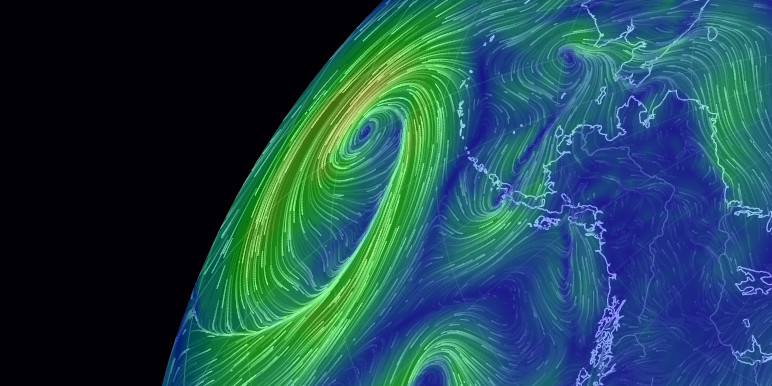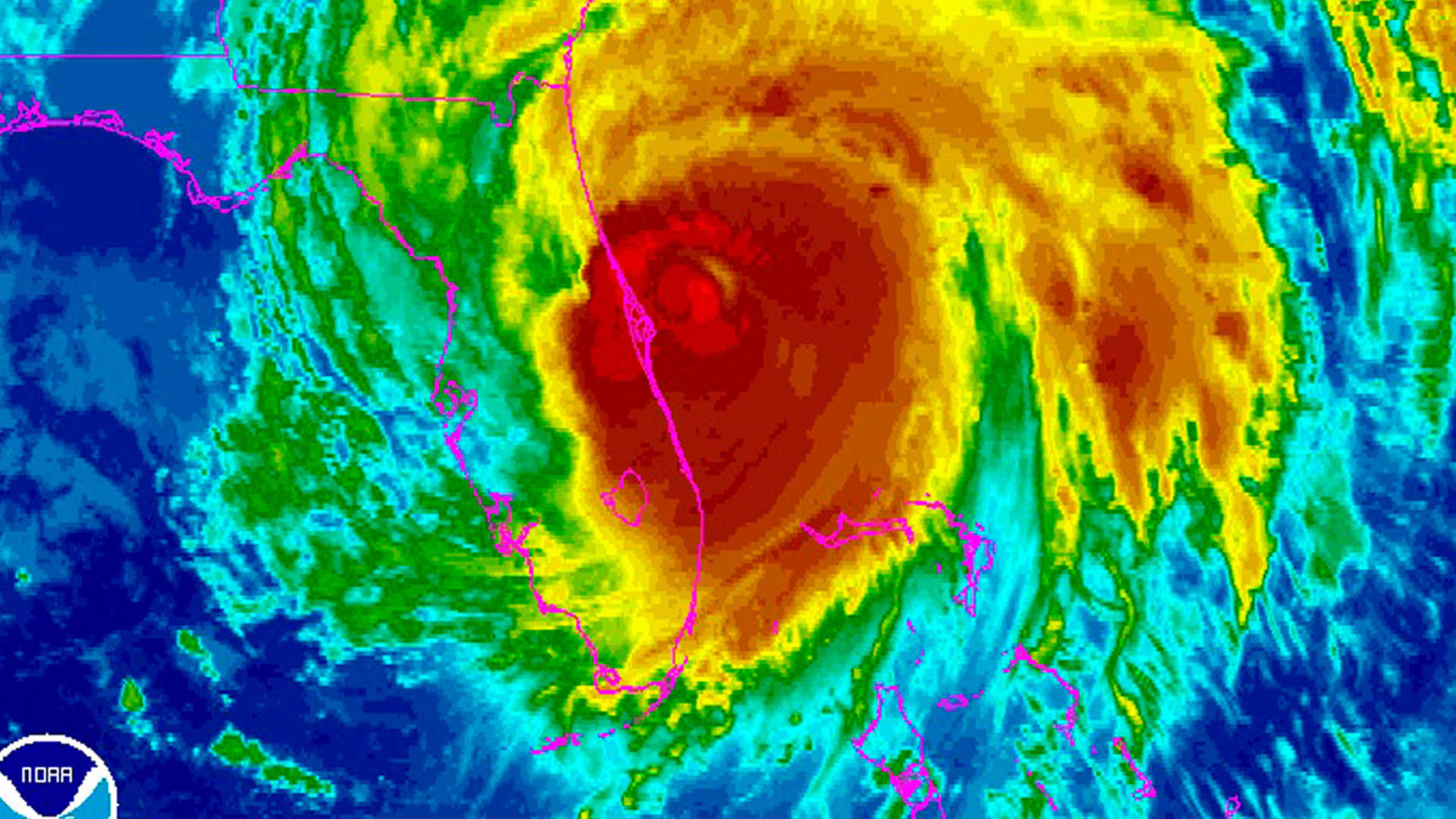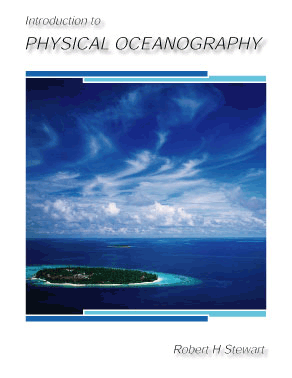Of course we all spend of time wondering why the west is so dry and the east is humid. All deserts in North America lie west of the Rockies, less than 10 inches of annual precipitation. An older definition considered the Great Plains as a treeless desert unsuitable for farming.
the prevailing winds are from the west and should bring moisture, which they do, but only to the edge of the continent.
the reason for the western desert and the eastern humidity is that the Gulf Stream brings warm water north along the east coast while the California current brings cold water down the west coast. Warmer water means more evaporation and more humidity.
the coriolis effect is used to explain trade winds, ocean currents and weather systems including hurricanes.
north and south of the equator rotate in opposite directions for all three phenomena. The western edge of all continents receive the colder water, north or south. The western edges of continents, in the mid latitudes, 30-60, receive moisture from the prevailing winds.
here is the odd part and the source of the confusion.
weather patterns in the northern hemisphere normally rotate CCW, unless there are disruptions. Clock wise in the Southern Hemisphere.
maybe this is the answer. Watching the wind flow on weather websites, the weather patterns seem to go opposite of the expected direction quite a bit of the time. It is only when a huge system comes through that you can expect it to flow in the normal counter clockwise direction in the northern hemisphere.
here is the odd part,
trade winds and ocean currents in the northern hemisphere rotate clockwise, backwards from weather systems. I.e. the California current flows south, that is clockwise and the Gulf Stream travels north, that is clockwise.
how can it be?
the prevailing winds are from the west and should bring moisture, which they do, but only to the edge of the continent.
the reason for the western desert and the eastern humidity is that the Gulf Stream brings warm water north along the east coast while the California current brings cold water down the west coast. Warmer water means more evaporation and more humidity.
the coriolis effect is used to explain trade winds, ocean currents and weather systems including hurricanes.
north and south of the equator rotate in opposite directions for all three phenomena. The western edge of all continents receive the colder water, north or south. The western edges of continents, in the mid latitudes, 30-60, receive moisture from the prevailing winds.
here is the odd part and the source of the confusion.
weather patterns in the northern hemisphere normally rotate CCW, unless there are disruptions. Clock wise in the Southern Hemisphere.
maybe this is the answer. Watching the wind flow on weather websites, the weather patterns seem to go opposite of the expected direction quite a bit of the time. It is only when a huge system comes through that you can expect it to flow in the normal counter clockwise direction in the northern hemisphere.
here is the odd part,
trade winds and ocean currents in the northern hemisphere rotate clockwise, backwards from weather systems. I.e. the California current flows south, that is clockwise and the Gulf Stream travels north, that is clockwise.
how can it be?



